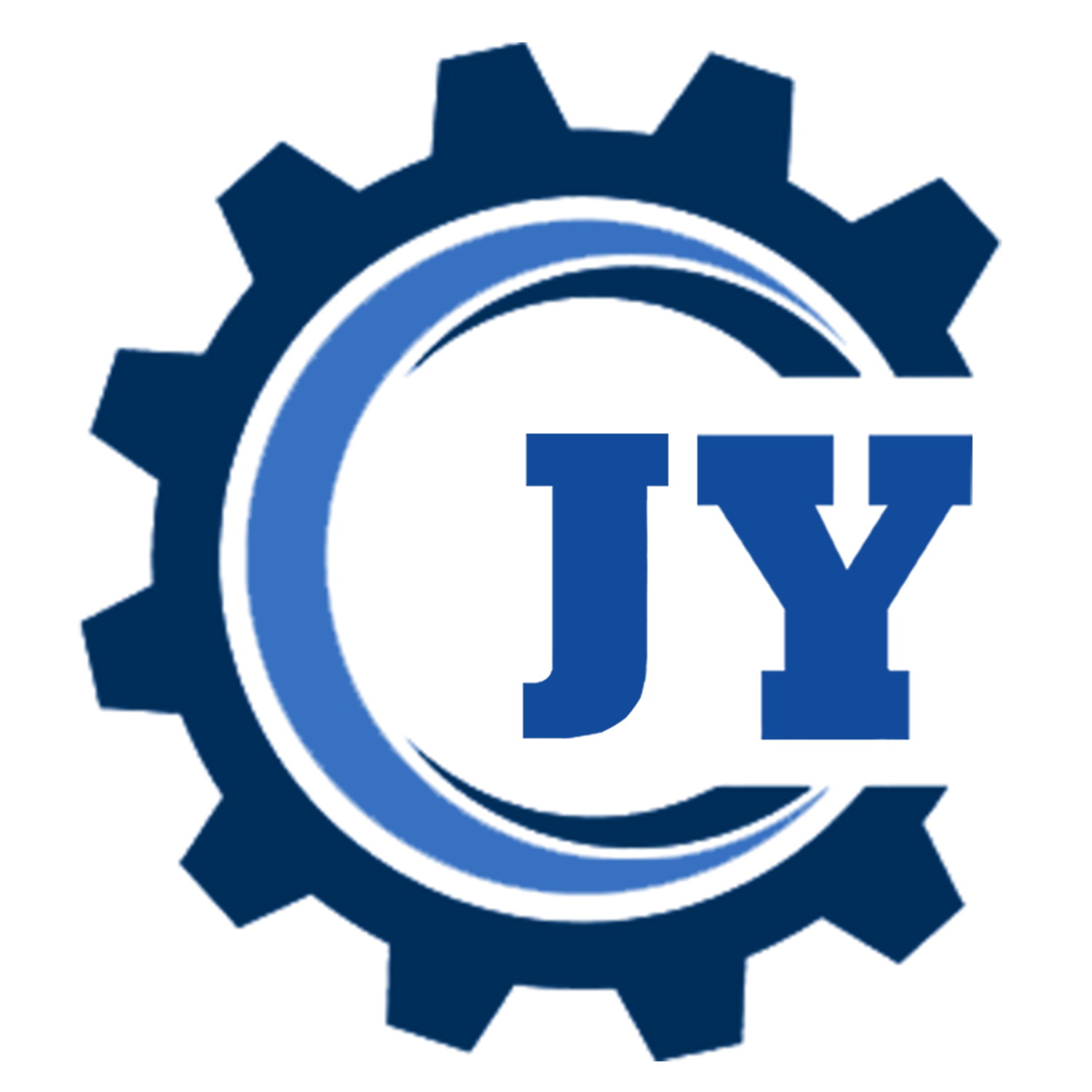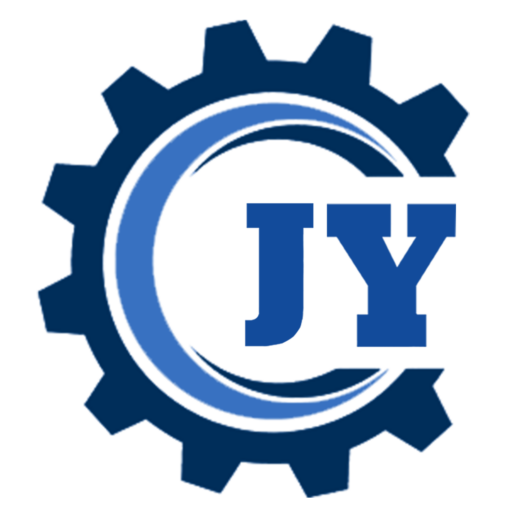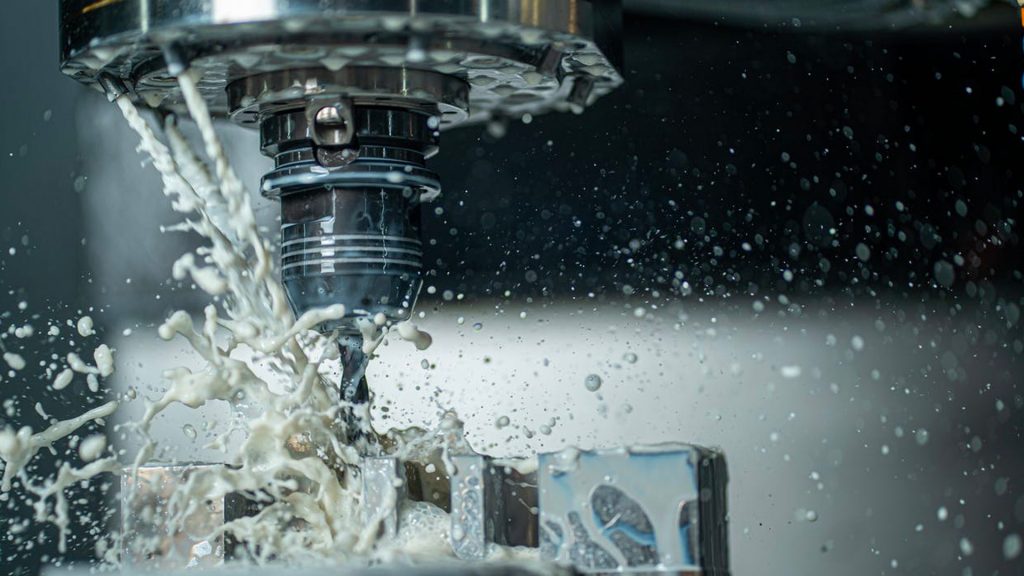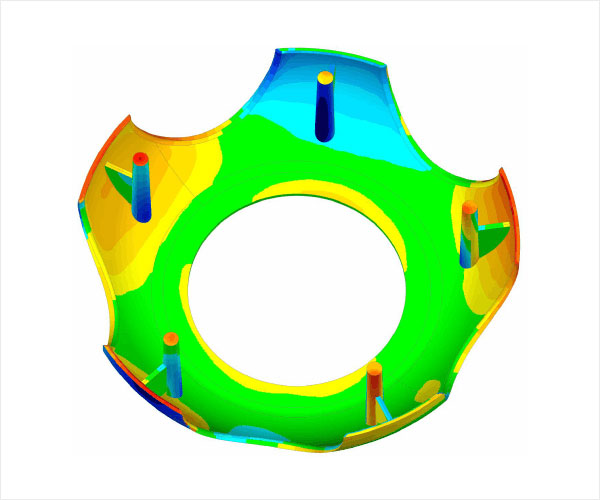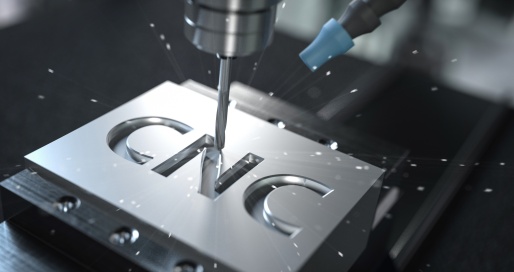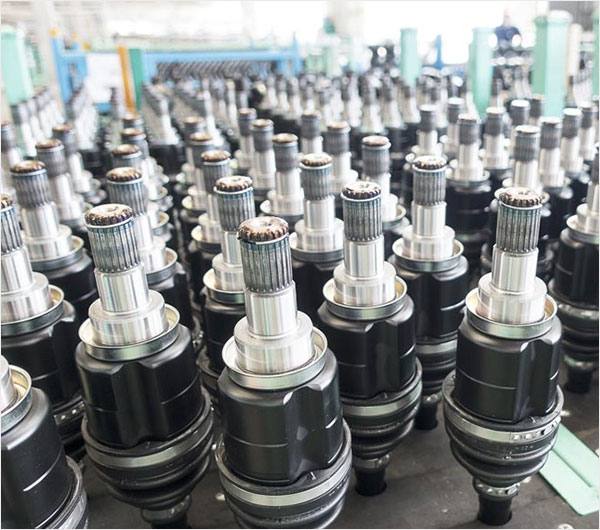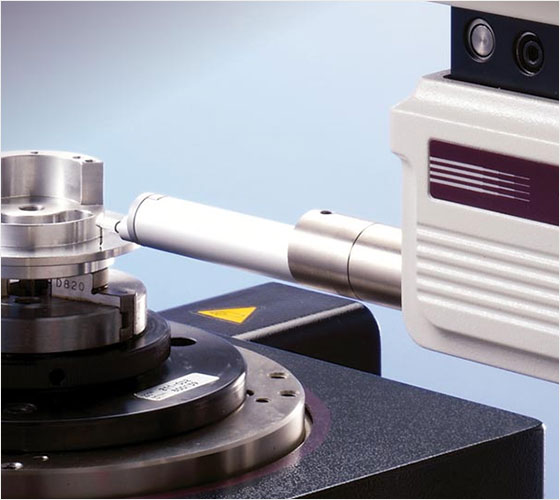In recent years, CNC (Computer Numerical Control) machining has become a driving force in many industries, from aerospace and automotive to electronics and medical devices. With technological advancements, CNC machining is constantly evolving, offering new possibilities and efficiencies. As a machining service provider, staying ahead of these trends is crucial to delivering the best solutions for your clients. In this blog, we’ll explore the five key trends shaping the future of CNC machining and how businesses can leverage these innovations to stay competitive.
Increased Automation and Industry 4.0 Integration
One of the most significant trends in CNC machining is the move toward greater automation. With the rise of Industry 4.0, smart factories are becoming more common, integrating automation with digital technologies like IoT (Internet of Things), AI (Artificial Intelligence), and machine learning. In CNC machining, this means more autonomous machines, advanced sensors, and real-time data analysis.
Automated CNC machines can now self-monitor, make adjustments during operations, and optimize processes with minimal human intervention. This results in:
- Higher productivity: Reduced downtime and increased output.
- Enhanced precision: Real-time adjustments ensure more consistent, accurate machining.
- Lower labor costs: Less reliance on manual labor frees up resources for more complex tasks.
By embracing automation and smart technology, machining companies can provide faster and more precise services, ensuring shorter lead times and better overall efficiency.
Advanced Materials and Complex Geometries
As industries push for lighter, stronger, and more durable materials, CNC machining must adapt to handle these new requirements. High-performance materials such as carbon fiber composites, titanium alloys, and ceramics are becoming more common, especially in aerospace and medical sectors.
CNC machines are now equipped to process these materials with:
- Advanced cutting tools: Using specialized coatings and designs to cut through tough materials without losing precision.
- Multi-axis machining: Handling complex geometries and parts that require machining from multiple angles.
The ability to work with advanced materials and create intricate parts enables businesses to cater to more demanding industries, offering clients innovative solutions that enhance product performance and durability.
Additive Manufacturing (3D Printing) Integration
While CNC machining and 3D printing (additive manufacturing) were once viewed as separate processes, they are increasingly being used together. CNC machining provides the precision and reliability needed for subtractive processes, while 3D printing offers flexibility for creating complex, lightweight parts.
Many companies are now combining these technologies to create hybrid manufacturing solutions that maximize efficiency and reduce waste. For example, a part can be 3D printed in a rough shape and then finished with CNC machining for precise dimensions and surface quality.
This hybrid approach offers:
- Greater design freedom: Designers can create complex shapes that were previously impossible or too costly with traditional machining alone.
- Cost savings: Material waste is minimized, and parts can be produced faster by combining the strengths of both methods.
Sustainability and Eco-Friendly Machining
Sustainability is a growing concern across industries, and CNC machining is no exception. As businesses seek to reduce their environmental impact, CNC machining is evolving to become more energy-efficient and eco-friendly.
Some key developments include:
- Improved energy efficiency: Newer CNC machines are designed to consume less power while maintaining high precision and productivity.
- Waste reduction: Techniques like near-net-shape manufacturing minimize material waste, and recycling scrap materials is becoming more common.
- Coolant innovations: Many CNC shops are moving toward biodegradable coolants and reducing the use of harmful chemicals.
Machining companies that focus on sustainability can attract environmentally-conscious clients and contribute to a greener manufacturing process while cutting operational costs.
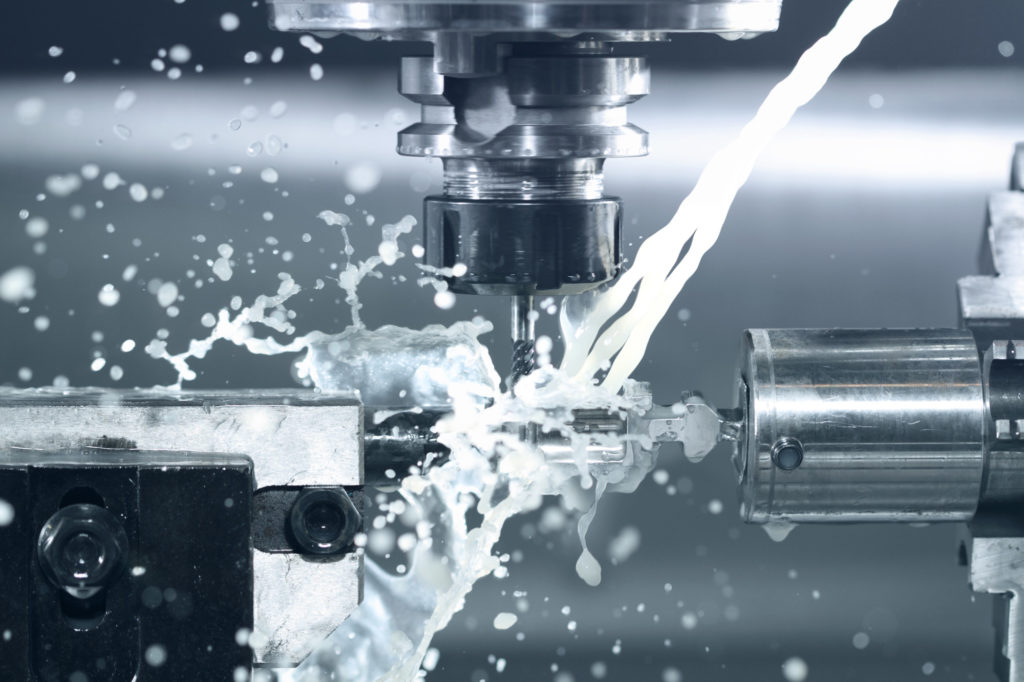
Customization and Small-Batch Production
Customization is becoming increasingly important as businesses move away from mass production toward more specialized, small-batch manufacturing. CNC machining is well-suited for this shift, allowing companies to produce highly customized parts with minimal setup time and costs.
With advancements in CAD/CAM software, CNC machines can quickly adapt to new designs, making it easy to produce small quantities of parts without sacrificing efficiency. This is especially beneficial for industries like medical devices, where each component may need to meet specific, custom requirements.
The benefits of CNC machining for customization include:
- Shorter lead times: Faster turnaround times for prototypes and small runs.
- Higher flexibility: The ability to switch between designs and materials easily.
- Lower cost per unit: By reducing setup costs, CNC machining allows for affordable small-batch production.
Conclusion
The future of CNC machining is being shaped by trends that emphasize automation, advanced materials, sustainability, and the integration of additive manufacturing. By staying at the forefront of these innovations, machining service providers can offer clients faster, more precise, and cost-effective solutions tailored to their specific needs.
Whether you’re looking to streamline production, reduce waste, or create complex, high-performance parts, understanding and leveraging these trends will help you remain competitive in a rapidly changing industry. If you’re ready to explore how these advancements in CNC machining can benefit your business, contact us today for more information on our cutting-edge machining services.

